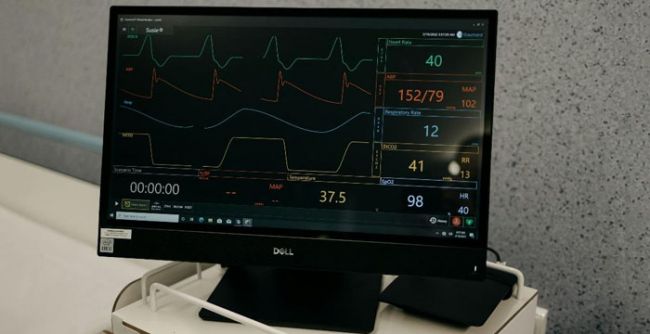In today’s fast-paced world, technology evolves at breakneck speed, significantly impacting businesses across all sectors. Staying abreast of the latest technological trends isn’t just a matter of choice; it’s a necessity for organizations aiming to thrive and remain competitive. Upgrading to modern technology is pivotal in harnessing the full potential of your organization, enabling not just survival but flourishing growth in an increasingly digital landscape.
This article delves into the myriad benefits of embracing such technological advancements, from enhancing efficiency to fortifying data security, setting the stage for a compelling argument in favor of tech upgrades.
Enhanced Efficiency and Productivity
The adoption of modern technology within an organization can transform the way it operates, driving unprecedented levels of efficiency and productivity. Automation tools and software can take over routine, time-consuming tasks, freeing up your team to focus on more strategic, value-added activities.

Integrated systems streamline workflows, reducing the likelihood of errors and duplication of work. This seamless operation not only accelerates processes but also significantly boosts overall productivity, ensuring your organization can do more with less and stand out in a crowded marketplace.
Improved Data Security
In an era where data breaches are not just costly but can also tarnish an organization’s reputation, investing in advanced technology for improved data security is non-negotiable. Modern security solutions offer robust protections against cyber threats, employing encryption, multi-factor authentication, and other cutting-edge measures to safeguard sensitive information.
By upgrading your technology, you’re not only ensuring compliance with stringent data protection regulations but also building trust with your clients and stakeholders, affirming that their data is in safe hands.
Competitive Edge in the Market
Embracing the latest technological advancements can significantly differentiate your organization in a competitive marketplace. With cutting-edge tools and systems, you’re better equipped to innovate, offering new and improved services, products, and customer experiences that meet the evolving demands of your audience. Technology enables you to analyze market trends and customer data more effectively, allowing for a more agile and responsive strategy.
This proactive approach to adopting new technologies not only positions your organization as a leader in your industry but also attracts customers looking for the most innovative solutions.
Troubleshooting Common Tech Upgrade Challenges
Tech upgrades can bring their share of challenges, from compatibility issues to the need for comprehensive employee training. It’s crucial to anticipate these hurdles and have strategies in place to overcome them. For instance, compatibility concerns, such as “why is erase assistant not supported on my mac,” can often be resolved through software updates or consulting with tech support. Ensuring your team is well-prepared through effective training, resources, and support will smooth the transition to new systems, minimizing disruptions and maximizing the benefits of your technology upgrade.
Supporting Remote Work Environments
The shift towards remote work has been accelerated by recent global events, making technology an indispensable ally in maintaining operational continuity. Advanced communication and collaboration tools, cloud computing, and secure remote access systems have made it possible for teams to work effectively from anywhere. This flexibility not only supports employee work-life balance but also opens up a global talent pool for the organization.
By leveraging technology to support remote work environments, organizations can maintain, and even enhance, productivity, teamwork, and employee satisfaction in a distributed work model.
Cost Savings in the Long Run
Investing in modern technology might seem like a substantial upfront cost, but the long-term savings it can bring are significant. Automation and streamlined processes reduce the need for manual intervention, cutting down on labor costs and minimizing human error. Up-to-date systems are generally more energy-efficient and require less maintenance, leading to lower operational costs.
Additionally, the improved reliability and uptime of modern systems mean less downtime for your organization, preventing the lost revenue associated with outages and system failures. Over time, these efficiencies translate into substantial cost savings, making the initial investment in technology well worth it.
Planning and Implementing Tech Upgrades
A successful tech upgrade begins with thorough planning and stakeholder involvement. Assess your organization’s specific needs and set clear objectives for what you aim to achieve with the upgrade. Engage with all stakeholders—from IT staff to end-users—to gather insights and ensure the new technology aligns with everyone’s requirements. A collaborative approach will pave the way for a smoother implementation and higher adoption rates across your organization.
Final Word
Upgrading your organization’s technology is more than a mere enhancement; it’s a fundamental step toward ensuring your business remains relevant, competitive, and efficient in an ever-evolving digital landscape. The benefits—ranging from increased productivity and improved data security to cost savings and a competitive edge—underscore the importance of keeping pace with technological advancements.
As we move forward, let the potential for growth, innovation, and efficiency inspire your organization to embrace the power of modern technology, setting a course for a future where your business not only survives but thrives.
Post Comment
Be the first to post comment!


